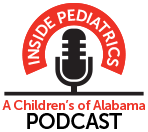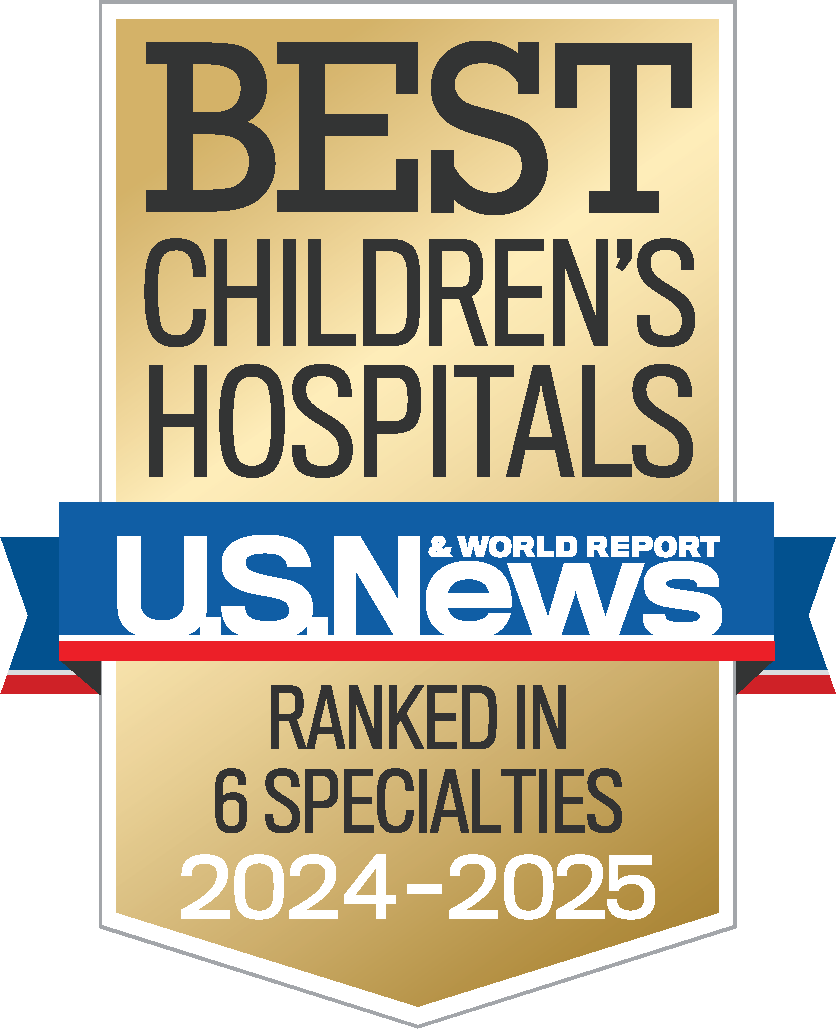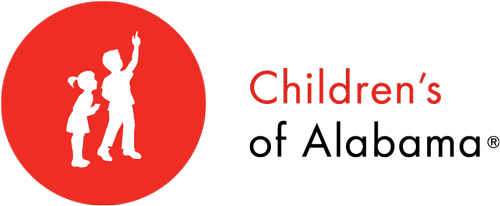Malnutrition (Failure to Thrive)
The first four months of Hannah Cain’s life were among the most stressful months for her parents, Alexis and Mark. “Is there something wrong? Am I doing something wrong?” These are some of the many questions Alexis needed answers to. Her baby refused to take a bottle or feed. She was losing weight instead of gaining it.
“It was a Friday afternoon. I had to figure this out myself,” Alexis said. “I didn't have an advocate for me. I am my daughter's advocate.” Not knowing who could help, Alexis called Children’s on 3rd Outpatient Center, where staff quickly connected her to the Children’s Multidisciplinary Feeding Clinic.
That phone call was the first step for Hannah and her parents finding the relief they needed. Staff quickly scheduled an appointment at the clinic and provided Hannah with feeding techniques to try over the weekend. The following Monday, Hannah was diagnosed with malnutrition and immediately began the feeding program.
Malnutrition (often called failure to thrive) is when a growing child does not gain weight as expected, typically due to lack of intake. It is not a disease, but a sign that a child isn't getting enough calories to grow and develop properly. This can lead to delays in walking, talking and learning.
The Cains began a strict but targeted approach designed to help Hannah grow not only in weight but in length. Every two weeks, the family saw a team of experts made up of speech language pathologists, dietitians, occupational therapists, and a GI physician. They would make goals for Hannah’s feeding, down to the gram. They recommended specific fortified formulas, bottles and feeding techniques.
“A lot of what I've learned was for me, too,” Alexis said. “The caregiver’s needs are also important. You don’t want your baby to feel your angst when you’re feeding. It wasn’t just coaching me on how to feed my child, but how to relax because my nervous energy impacts her.”
No two feeding programs are alike. There was a goal weight set with Hannah’s specific metabolic profile and growth projection in mind. “Dr. [Rachel] Kassel was very comforting, yet matter-of-fact,” Alexis said. “I appreciated her directness. I had waited for someone to tell me what needed to be done, and we finally had that.” The Cains finally started seeing improvement. As Hannah started to grow, her feeding plan adjusted with her.
After a year of hard work by Hannah and her family, Hannah was growing and eating well enough to graduate from the clinic. The Cains have since welcomed their third child and continue to use the techniques they learned with Hannah. Hannah is now a bright and sassy 4-year-old. You can usually find her wearing her cheerleading uniform with sparkly fingernails to match. “Everything you would be concerned of with a failure to thrive diagnosis,” Alexis said, “she is the exact opposite.”














